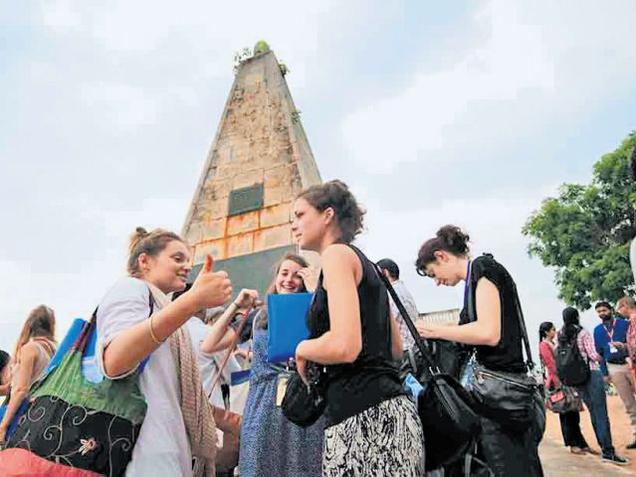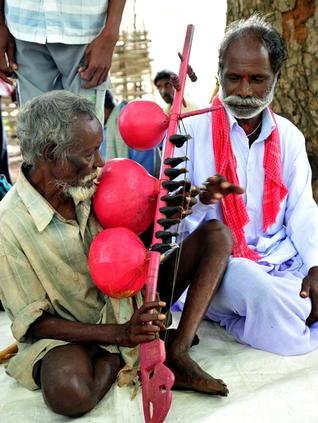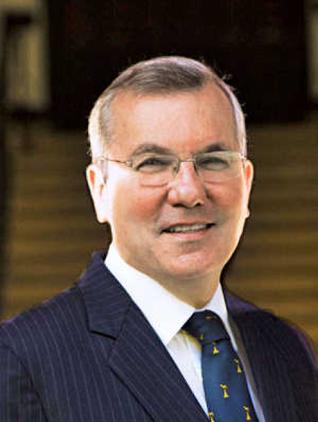
A group of architecture students, professors from Bordeaux, France along with students from Hyderabad are collaborating for a week to come up with ideas to develop the two metro rail stations.
The obelisk of Monsieur Raymond at Moosarambagh, the reputed French general in the Nizam’s military, which still evokes awe among the visitors, is set to receive a fresh lease of life from a French connection.
The Hyderabad Metro Rail (HMR) authorities are now leveraging French artistic and architectural flair to develop Raymond’s tomb into a heritage precinct and also the upcoming Moosarambagh and New Market metro stations.
A group of architecture students, professors from Bordeaux, France along with students from Hyderabad are collaborating for a week to come up with ideas to develop the two metro rails stations as heritage tourism points. The French architectural talent will also provide inputs and conceptualise development of the Raymond’s tomb, around the metro stations.
“The common theme that I have found between Hyderabad and Bordeaux is the passion that people have for their respective cities. They ask us the same tough questions on how to develop the city and at the same time keep its historical flavour alive. It is a stimulating and challenging work and hopefully we should be able to come up with something tangible in a week,” says architect and professor, Ecole D’Architecture De Bordeaux, J. Kent Fitzsimons.
Close to 13 students from France and 47 from architecture colleges in Hyderabad are taking part in this project, being supported by the Architecture and Design Foundation (India), Alliance Francaise and HMR. Based on the innovative ideas coming out of the collaboration, Telangana State Government and HMR will develop these two stations and Raymond’s tomb into a heritage precinct.
“This is a good way to integrate heritage and conservation values of Hyderabad with metro rail routes. This will go a long way in spreading awareness and re-energising public spaces, especially in places that have historical value,” says senior architect P. Venu Gopal, who will be the guide for the students.
source: http://www.thehindu.com / The Hindu / Home> News> Cities> Hyderabad / by M. Sai Gopal / Hyderabad – September 08th, 2015


